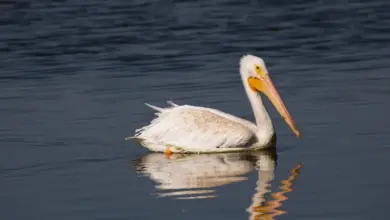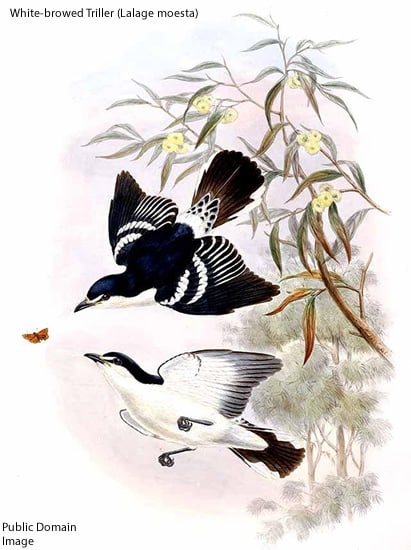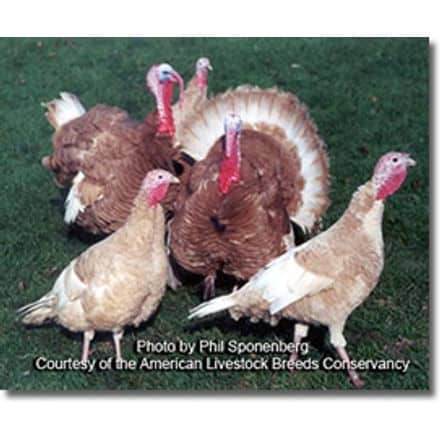Unsorted Wild Birds
Yellow Warblers
The Yellow Warblers, Setophaga petechia, occur naturally across most of North America and range south to northern South America. Different races have been identified.
Subspecies and Ranges
The Mangrove Warblers (erithachorides group) – includes 12 subspecies
- Range: Resident. Found in the mangrove swamps of coastal Middle America and northern South America.
- ID: Reddish-brown hood or crown on breeding males. Larger size.
The American Yellow Warblers (aestiva group) – includes 6 subspecies
- Range: Migratory. Breed in temperate North America as far south as Central Mexico; and migrate south to Central and South America for the winter. Vagrants have been reported in Western Europe.
- ID: Head all yellow
The Golden Warblers (petechia group) – includes 17 subspecies
- Range: Mostly resident. Found in the mangrove swamps of the West Indies. Breeding colonies of the Cuban Golden Warbler have now established themselves in the Florida Keys.
- ID: Reddish-brown hood or crown on breeding males
Description:
- Average Length (including tail): 4.5 inches or 11.5 cm
- Weight Range: 0.23 – 0.35 oz (6.5 – 10 g)
- Plumage: The upper parts are greenish-yellow and yellow below. Brighter in breeding males. Some subspecies have reddish crowns.
Breeding / Nesting:
Yellow Warblers nest in trees. Their cup nests are made out of twigs and grasses.
The average clutch consists of 3 to 6 eggs. Those occurring in the tropics typically lay fewer eggs.
This species is a regular victim of the Brown-headed Cowbird, a nest parasite.
Diet:
They primarily feed on insects and spiders, but northern races will also take some berries.
Song / Call:
- Songs: musical sweet sweet sweet – sometimes rendered as I’m so sweet
- Calls: soft or harder ship.




